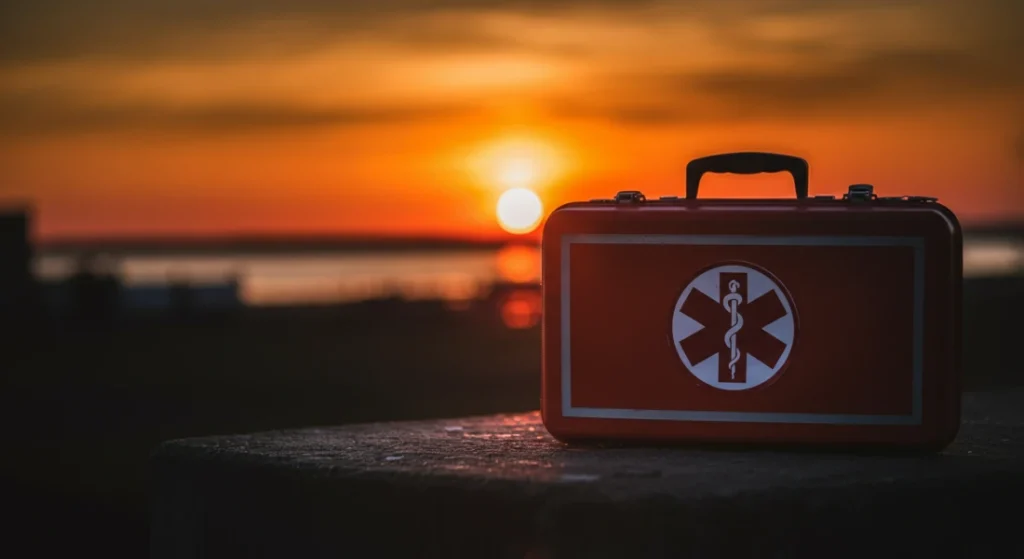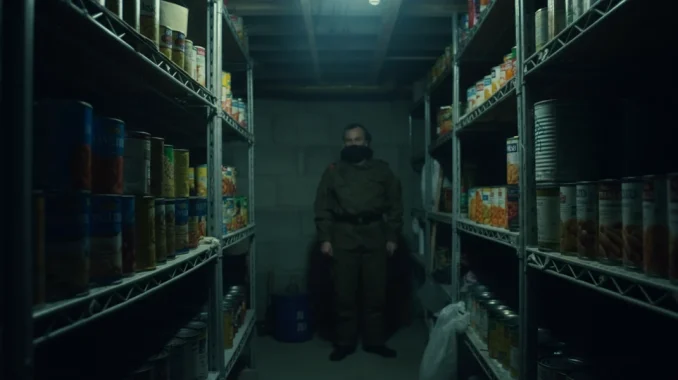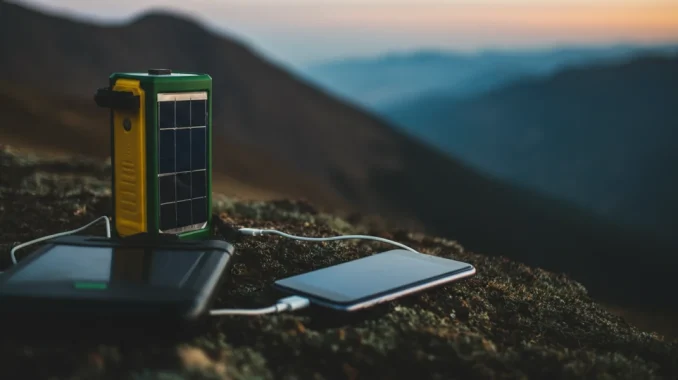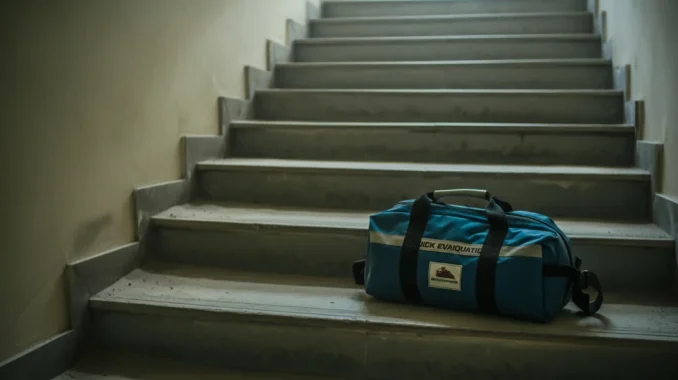Emergencies can happen at any time—whether it’s a natural disaster, war, civil unrest, or a personal medical emergency. Having a fully stocked, crisis-ready first aid kit can be the difference between a minor injury and a life-threatening situation. In a crisis, medical professionals may not be immediately available, so being able to handle injuries on your own is essential.
This guide will help you put together a practical, effective first aid kit with the right supplies to treat common injuries and medical conditions in an emergency.

Step 1: Choosing the Right First Aid Kit
There are many pre-made first aid kits available, but most of them are designed for minor cuts and bruises. A crisis-ready first aid kit needs to be more comprehensive. You can either buy a high-quality emergency first aid kit or build your own with all the essential supplies.
When choosing or building your kit, consider:
- The size of your household – More people mean more supplies.
- Your location – If you live in a remote area, you may need extra medications and supplies.
- Possible emergencies – Think about the risks in your area (earthquakes, floods, war, power outages, etc.).
- Medical conditions – If anyone in your family has allergies, diabetes, or other conditions, pack specialized medication and equipment.
A portable kit is ideal for evacuations, but you should also have a larger home kit with additional supplies for long-term crises.
Step 2: Essential Items for a Crisis-Ready First Aid Kit
Your kit should be well-organized, waterproof, and easy to carry. Here’s what you should include:
Basic Wound Care Supplies
- Sterile gauze pads (various sizes)
- Adhesive bandages (assorted sizes)
- Medical tape
- Antiseptic wipes or solution (alcohol, iodine, hydrogen peroxide)
- Antibiotic ointment (e.g., Neosporin)
- Tweezers (for splinters, debris removal)
- Scissors (for cutting bandages or clothing)
- Sterile gloves (to prevent infection)
- Cotton balls and swabs
- Elastic bandages (for sprains and joint injuries)
Medications
- Pain relievers (ibuprofen, acetaminophen, aspirin)
- Antihistamines (for allergic reactions)
- Anti-diarrhea medication (e.g., loperamide)
- Antacids (for stomach issues)
- Cold and flu medicine
- Cough drops
- Prescription medications (at least a 30-day supply if possible)
- Electrolyte packets (to prevent dehydration)
- Activated charcoal (for certain poisonings, if advised by a medical professional)
Tools & Equipment
- Digital or manual thermometer
- CPR mask or face shield
- Emergency blanket (for warmth and shock prevention)
- Ice packs (instant cold packs)
- Heat packs (for muscle pain or cold environments)
- Splints (for fractures and sprains)
- Safety pins (for securing bandages or fabric)
- Duct tape (multi-purpose emergency tool)
- Headlamp or flashlight (with extra batteries)
- Notepad and pen (for recording vital signs or emergency details)
Hygiene & Infection Control
- Hand sanitizer
- Soap (antibacterial if possible)
- Disposable masks (N95 or surgical)
- Eye wash solution (for flushing out debris or chemicals)
- Sanitary pads/tampons (can be used for wounds as well)
- Plastic bags (for waste disposal)
Specialized Medical Supplies (If needed)
- Insulin and syringes (for diabetics)
- EpiPen (for severe allergies)
- Blood pressure monitor (for those with heart conditions)
- Glucose meter and test strips (for diabetics)
- Inhalers (for asthma patients)
Step 3: Organizing and Storing Your First Aid Kit
A well-organized first aid kit makes it easy to find what you need in an emergency. Here’s how to keep it effective:
- Use clear, labeled pouches or compartments – This keeps items easy to find.
- Store medications in waterproof containers – Moisture can ruin tablets and pills.
- Keep a quick-reference first aid manual – Even if you know first aid, stress can make it hard to remember what to do.
- Have multiple kits in different locations – Keep one at home, one in your car, and one in a go-bag.
- Regularly check and restock your kit – Replace expired medications and used items.
Step 4: Learning Basic First Aid Skills
A great first aid kit is useless if you don’t know how to use it. Take the time to learn these essential first aid skills:
- How to stop heavy bleeding – Apply firm pressure with gauze or fabric, elevate the limb, and use a tourniquet if necessary.
- How to treat burns – Run cool (not icy) water over burns and cover with a clean dressing.
- How to perform CPR – Knowing CPR can save lives in cases of cardiac arrest.
- How to splint a broken bone – Use rigid materials (cardboard, sticks, or an actual splint) to stabilize the area.
- How to identify signs of shock – Pale skin, confusion, rapid breathing, and weak pulse indicate shock; lay the person down and elevate their legs.
Consider taking a first aid or CPR course from organizations like the Red Cross to improve your skills.
Real-World Emergency Situations & First Aid Kit Use
1. Car Accident Injury
If someone is bleeding heavily after a car crash, use sterile gauze, pressure bandages, and a tourniquet if needed. Keep the person warm with an emergency blanket and monitor for shock.
2. Natural Disaster Injury
After an earthquake or flood, people often suffer from cuts, broken bones, and dehydration. Your kit should have wound care supplies, splints, pain relievers, and electrolyte packets.
3. Civil Unrest or War Situation
During armed conflicts, access to hospitals may be limited. Having an advanced first aid kit with trauma supplies, burn dressings, and antibiotics can be life-saving.
4. Long-Term Power Outage
Without electricity, food poisoning and infections become common. Your kit should include antiseptics, anti-diarrhea medication, and oral rehydration salts.
Conclusion & Final Recommendations
A well-prepared first aid kit is more than just a box of bandages—it’s a life-saving tool in a crisis. By stocking essential supplies, keeping everything organized, and learning key first aid skills, you ensure that you can handle medical emergencies when professional help is unavailable.
Final Recommendations:
- Build a portable kit for evacuations and a home kit for extended crises.
- Regularly check and replace expired medications and used supplies.
- Learn basic first aid and CPR to use your kit effectively.
- Keep multiple kits in your home, car, and emergency go-bag.
- Adapt your kit based on your personal and family’s medical needs.
Preparedness saves lives. Start building your crisis-ready first aid kit today!




